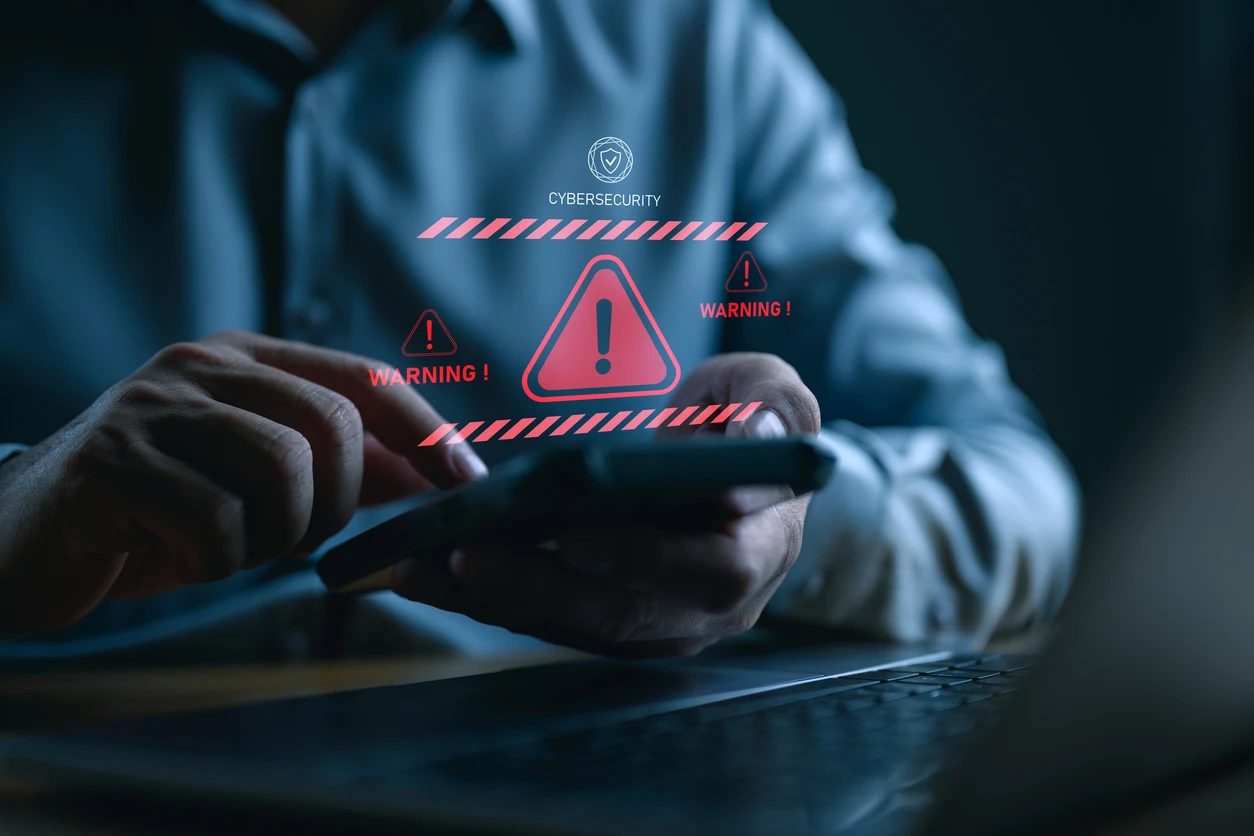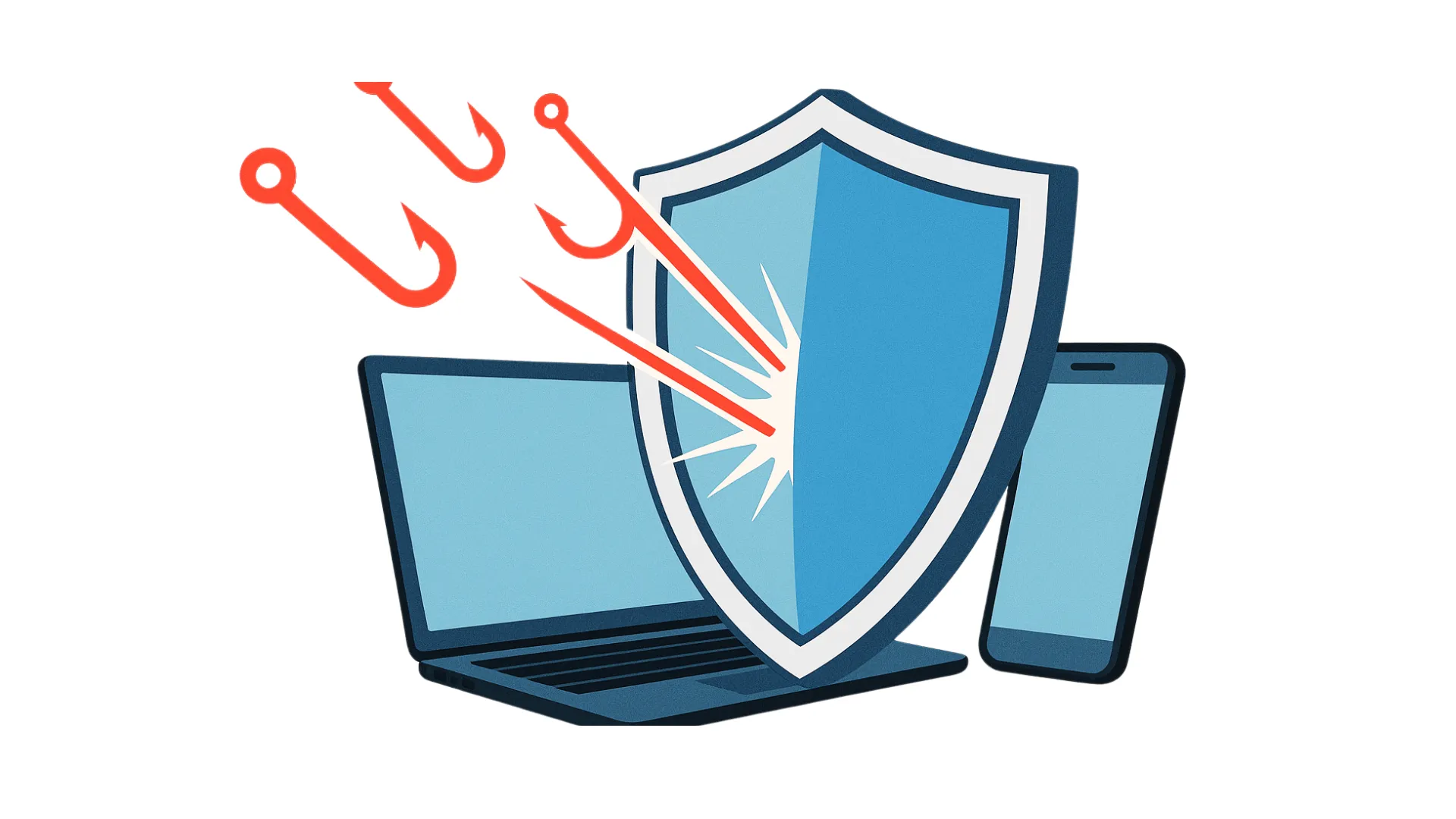How many employees in your business use a mobile phone—whether company-issued or personal—to access company data? For most businesses, the answer is nearly all of them. Each one of those devices is a primary target for cybercriminals.
Mobile devices are a significant and growing risk to your company’s data security. According to the ACCC, Australians lost over $107 million to phone-based scams in one recent year, and phishing remains a top-five scam type by reported losses.
The appeal is obvious for cybercriminals: text messages have an extremely high open rate, making “smishing” (SMS phishing) a dangerously effective attack vector. A single accidental click can have severe consequences:
- Malware Infection: Once a phone is compromised, malware can monitor calls, steal data, and access financial apps.
- Network Contamination: If an infected phone connects to your business network, the infection can spread to other systems and servers.
- Data Breach: Beyond malware, a mobile device’s physical loss or theft can instantly put sensitive company information into the wrong hands.
With many corporate data interactions now occurring on mobile devices, you must ask: what steps are we taking to protect this vulnerable endpoint?
Essential Mobile Security Measures for Australian Businesses
Adequate protection starts with a combination of team education and robust technical controls.
- Educate Your Team: Your staff are the first line of defense. They must be trained to identify and handle smishing attempts. The rule is simple: never click, respond to, or trust a suspicious message. If there is any doubt about a message’s authenticity, verify it with the sender through a different, trusted channel, like a phone call.
- Implement Strong Access Controls: Enforce multi-factor authentication (MFA) or biometrics to unlock all devices that access company data.
- Deploy Mobile Device Management (MDM): A professional MDM solution is crucial. It provides the ability to enforce security policies, encrypt data, and—most importantly—remotely wipe all sensitive information from a device when it is reported lost or stolen.
Don’t Leave Your Biggest Security Gap Unchecked
Educating your team is a critical first step, but relying on manual processes and user vigilance alone is insufficient.
Procision provides comprehensive Mobile Device Management (MDM) and cybersecurity solutions to enforce your security policies automatically. We can help you deploy the technology needed to encrypt, monitor, and remotely manage every device that connects to your business data.
Protect your business from mobile threats. Contact Procision today for a complete mobile security audit.



